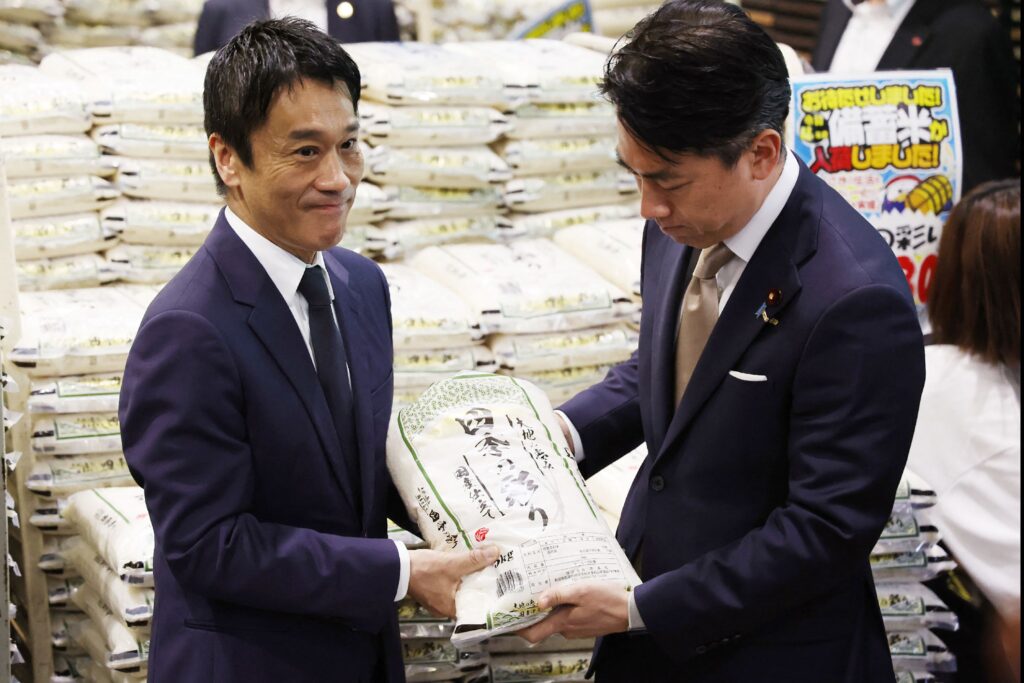
- ARAB NEWS
- 01 Aug 2025

TOKYO: Japan’s farm minister said on Tuesday the government stood ready to offer more stockpiled rice as consumers formed long queues to snatch up cheap, emergency-use grain made available through some retailers since the weekend.
In an abrupt change of policy, the government last week began selling stockpiled rice directly to retailers, aiming to get a 5 kg bag to consumers for around 2,000 yen ($14) – less than half of average prices.
Those products started hitting some store shelves at the weekend, when hundreds of people waited in line for hours at retailers such as Ito-Yokado and Aeon despite being allowed just one bag per household.
The doubling in rice prices since last year, partly due to extreme heat impacting production, has become a major concern for voters and policymakers ahead of two key elections – for the Tokyo metropolitan assembly on June 22 and parliament’s upper house in July.
“I never thought the price of stockpiled rice would fall this low,” said 75-year-old Kazumi Uchida as she waited in line at an Ito-Yokado store in Tokyo on a rainy Saturday. “I’m almost out of rice and was shifting to eat more bread and noodles.”
Average supermarket prices fell for the first time in three weeks in the seven days to May 25, but only by 25 yen to average 4,260 yen/5 kg, showing limited impact from the release of stockpiled rice under the previous auction system involving several layers of wholesalers.
Farm Minister Shinjiro Koizumi, who scrapped that system upon taking his post on May 21, said the government could also consider buying back rice from wholesalers that had participated in those auctions since March, potentially bringing more of the staple grain to market at lower prices.
He repeated that the government stood ready to release all of its stockpile if necessary.
“If we let rice prices remain high, (store) shelves will be filled with imported rice,” he said.
It remains to be seen how the artificially cheap stockpiled rice would affect the price of single-origin “brand” rice and other products. Rice production is expected to rise for the 2025 harvest year.
As homegrown rice prices soared, demand for cheaper, foreign-made rice has also surged, even after the hefty levy Japan imposes to protect producers of its staple rice, beyond the tariff-free “minimum access” quota.
Private rice imports, while still tiny, quadrupled in the first 11 months of fiscal 2024 to just under 1,500 metric tons. Japan’s fiscal year runs from April to March.
Official data for the past few months is not yet available, but the Japan Agricultural News reported that private imports surged to more than 6,800 tons in April alone.
Reuters